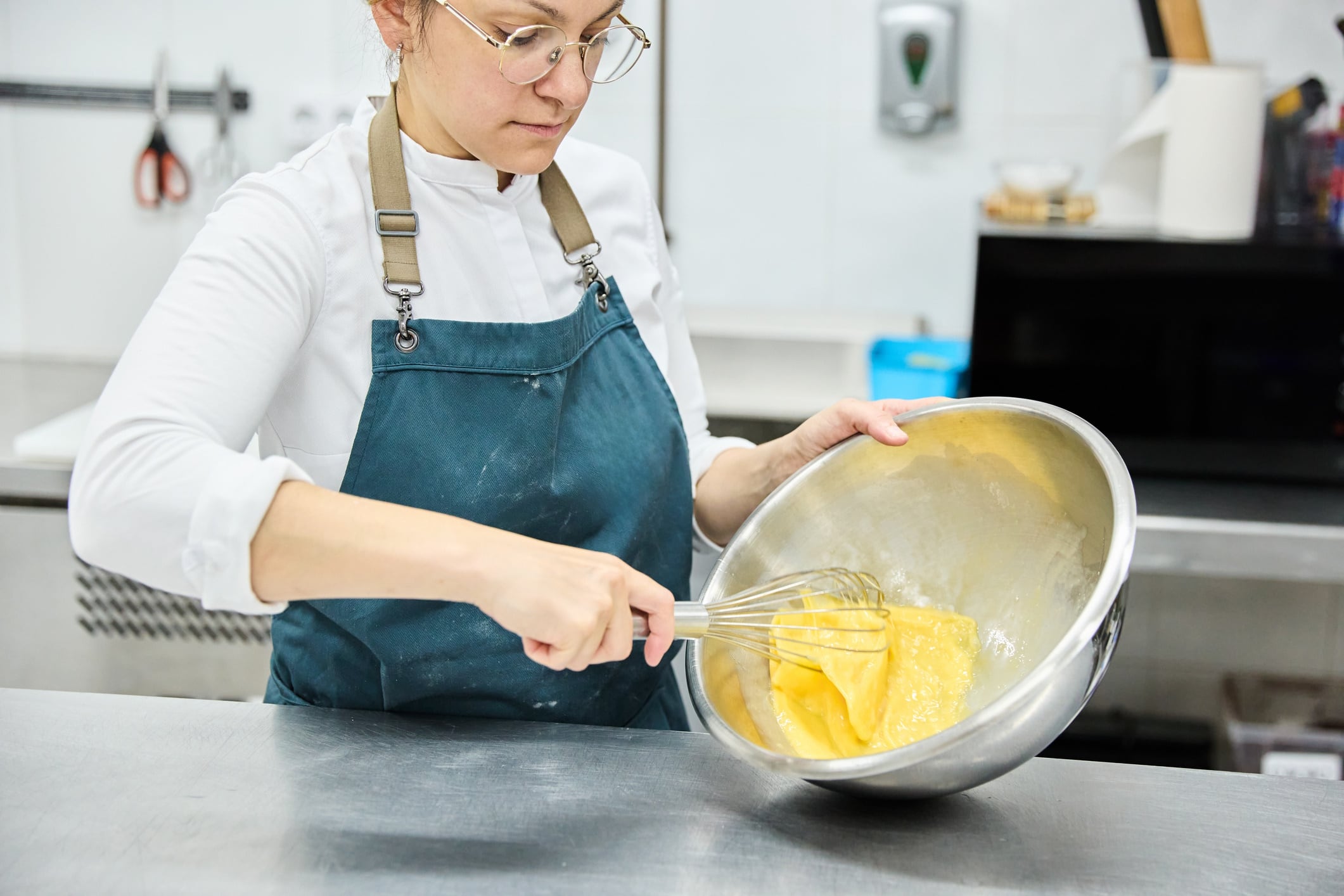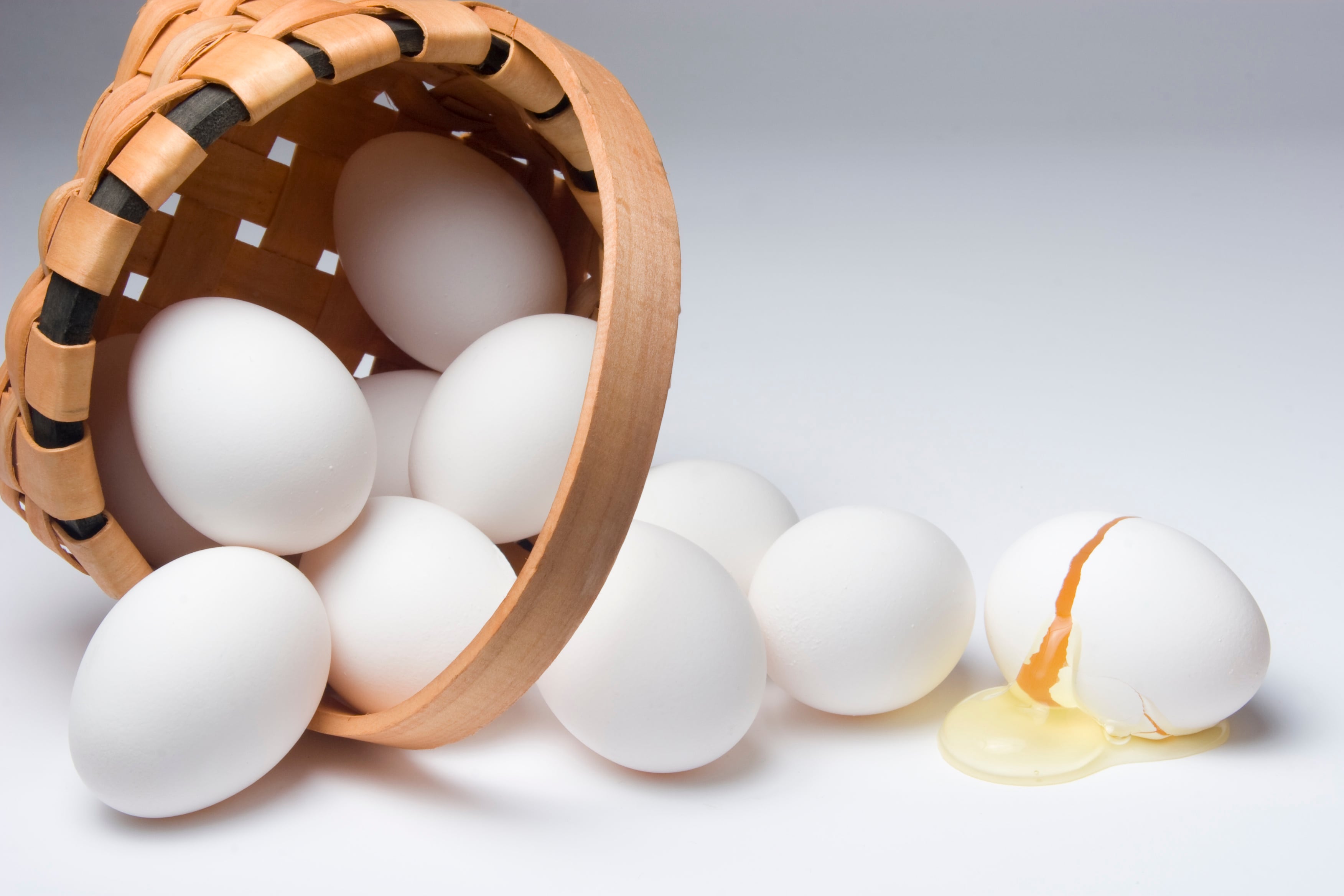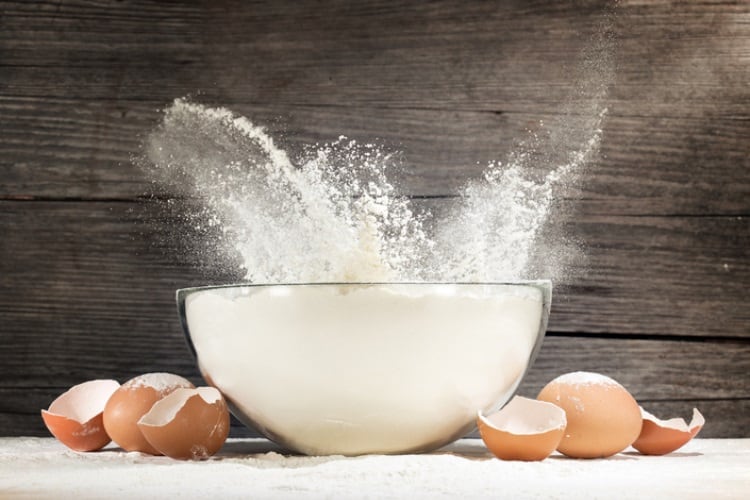Key takeaways:
- Australian egg prices are high (as high as AU$15 for premium), supply is patchy.
- Function-first egg reduction, dual sourcing and portion tweaks protect margins.
- The US roadmap points to a bumpy recovery, so plan for elevated costs over the next two quarters.
Eggs aren’t a side note in bakery – they’re structure, moisture, emulsification and color. So, when they turn scarce and expensive, it doesn’t just frustrate supermarket shoppers; it upends production benches, delivery schedules and margins.
Australia’s 2024 outbreaks triggered culls that punched a hole in laying capacity and exposed how little slack there is in a just-in-time supply chain. Restocking is underway, but layers don’t sprint, contaminated barns need downtime and sanitation, and tighter biosecurity adds friction at every step. The result is a pricier, patchier market that keeps testing operators’ resilience.
The cost shift is visible at the shelf. In January 2025, Australian Bureau of Statistics’ data showed eggs up 11.2% over Q4 2024. By April, eggs were about 19% higher year-on-year – one of the fastest-rising food lines even as broader food inflation cooled. June’s monthly CPI indicator put headline inflation at 1.9% year-on-year, but eggs remained a standout pressure point. Right now, major chains list own-brand large free-range dozens at roughly AU$6.60-$8.80 depending on size, with premium and organic lines sitting around AU$14-AU$15+.
Demand dynamics make the squeeze bite harder. Free-range now dominates supermarket sales – roughly 60% by volume – reflecting a consumer shift away from caged eggs. Outbreaks have nudged timelines, not intent. So, with the market already skewed toward higher-cost systems, any health shock hits prices harder. Purchase limits at the majors have come and gone, then reappeared in pockets, signaling a still-fragile balance between shipments and demand.
For bakers, the pain is immediate and multi-front. Eggs are a high-functionality input across cakes, enriched doughs, choux and pastry creams, so price surges flow straight into cost of goods and force tense decisions on portion size, price ladders and promo calendars. Unreliable deliveries throw off batching and labor planning – one missed pallet can idle a line or force a mid-shift reformulation. And quality is unforgiving: customers will accept a smaller slice long before they forgive a dry crumb or collapsed cake.
The technical brief has shifted from just chasing a one-for-one egg replacer to quietly reducing total egg where customers won’t notice. Teams are targeting the job to be done – lift and rise in some bakes, emulsification in others, binding elsewhere – then covering it with simple blends of starches, proteins and gums.
Kitchen-level bridges are buying time: aquafaba for simple foams; flax and chia gels for binding; and chemical-leavening tweaks to replace the gas eggs would otherwise bring. It isn’t universal and it won’t turn a classic génoise into a miracle, but it keeps cases full when allocations tighten and it’s becoming standard cost-risk management rather than a stopgap.
Australia now: Price, scale and supply
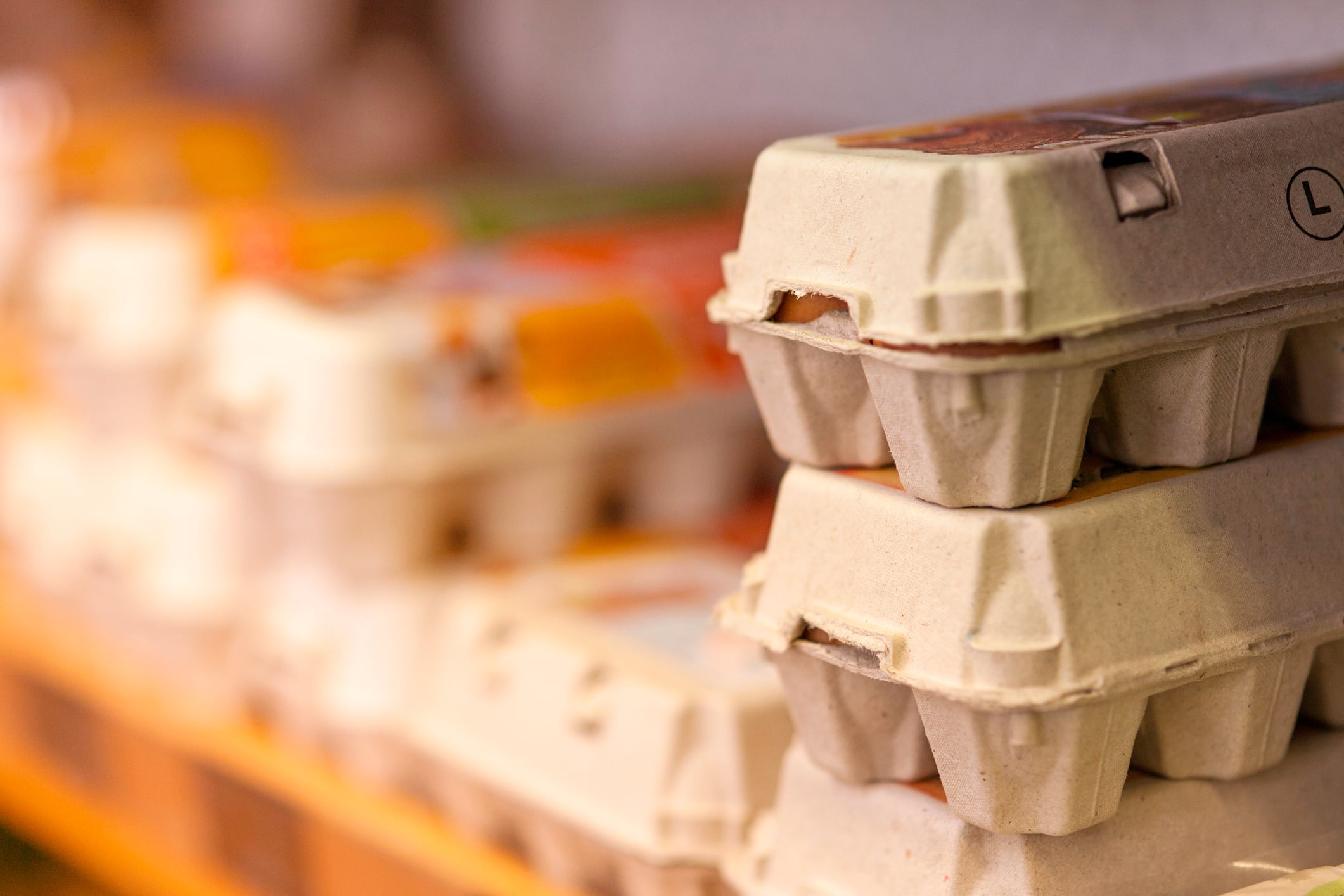
Scale matters and the numbers explain the stakes. Australia produced about 6.98 billion eggs in FY2023-24 – roughly 582 million dozens – with a gross production value close to AU$1.3-AU$1.37 billion. That works out to around 18-19 million eggs a day and 266 eggs per person in annual consumption.
When a health event knocks even a single-digit share of layers out of action, there’s no quick way to replace that protein and functionality for the food sector.
Prices at retail confirm the premium pressure. Alongside AU$8-AU$9 free-range dozens at the big chains, consumers are encountering AU$12-AU$14 tickets for larger, specialty or organic lines – levels that nudge bakery costings into uncomfortable territory. Analysts and producers warn that rebuilding remains a months-long grind and that new detections can reset timelines, which is why the past year produced a pattern of shelf normalcy interrupted by abrupt gaps and local purchase limits.
The broader bakery economy amplifies the risk. Australia’s bread and bakery product manufacturing sector is a AU$5.4 billion market this year, with output spread from plant bakeries to premium patisserie. That’s a lot of exposure to an input that’s both price-volatile and hard to substitute at high quality. While flour and sugar costs are hardly trivial, few ingredients carry eggs’ mix of structure and shine; you feel their moves through both cost of goods sold (COGS) and throughput.
Customers will accept a smaller slice long before they forgive a dry crumb or collapsed cake.
Structural change adds drag even as it delivers long-term benefits. The continued shift toward higher-welfare housing systems raises capex and operating complexity in the short run: you can’t rush new sheds; you can’t shortcut sanitation and stand-down periods after detections; and pullet placement still takes time. Biology and investment cycles are saying the same thing: recovery won’t be instant.
The near-term outlook hinges on the outbreak curve. A quiet biosecurity run and steady pullet placement should ease pressure as the country moves through spring; a messy season will keep prices sticky and availability uneven. Either way, the planning assumption for Q4 and into early 2026 is volatility with a gradual loosening – not a snap-back to 2019.
The US roadmap: Bumpy improvement, bigger levers
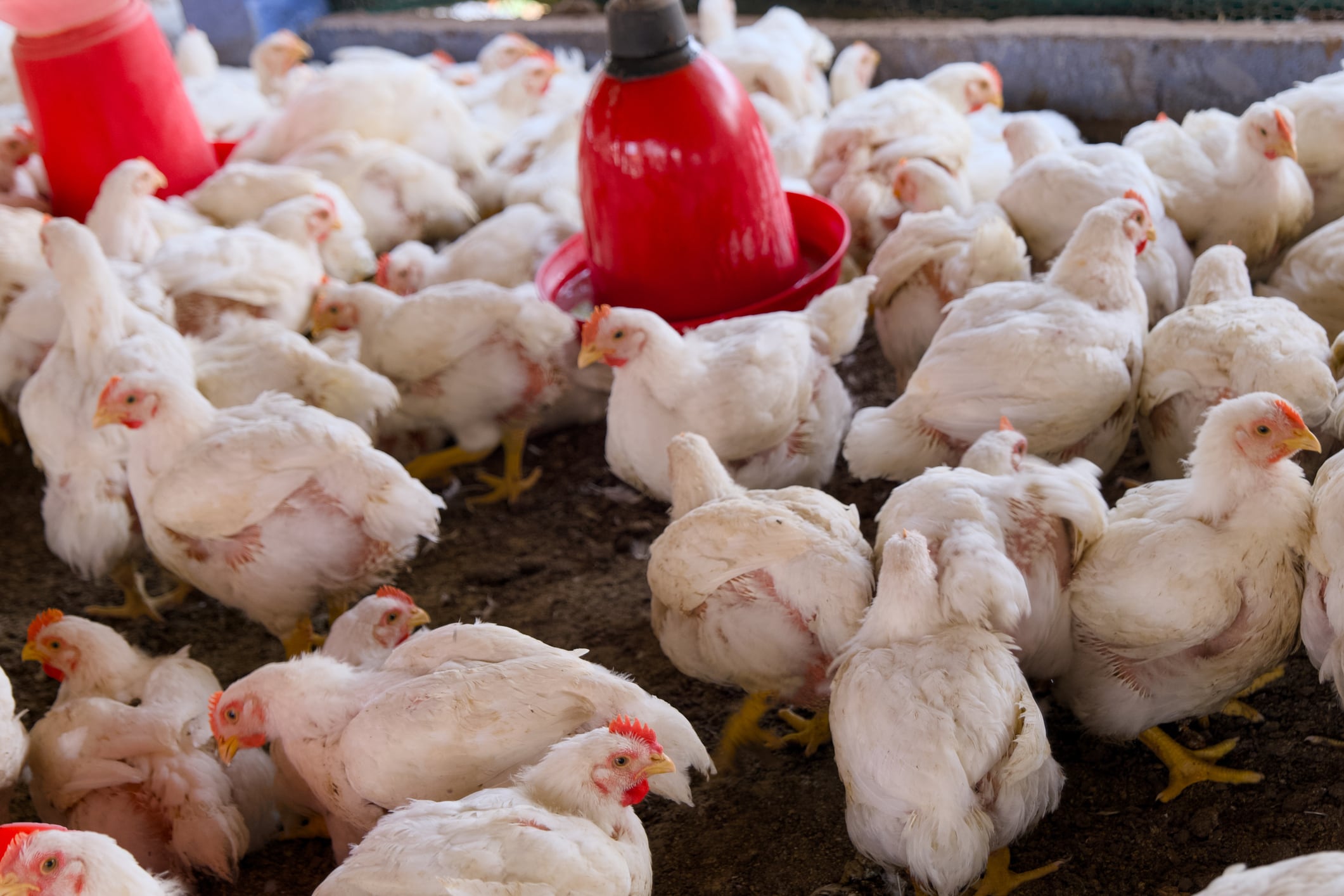
If you want a preview of what ‘better but not back’ looks like, look to the US. Retail prices there surged to a new record US$6.23 per dozen in March 2025, then eased to US$5.12 in April and US$4.55 in May, with USDA noting a third straight monthly decline into June. That arc shows textbook mean-reversion after a spike – but also a higher baseline than a year earlier, with prices snapping back whenever the outbreak curve ticks up.
The scale of the disease pressure explains the jitter. Since 2022, HPAI has affected well over 160 million US birds across commercial and backyard flocks, with losses concentrated in table-egg layers. Each new wave constrains shell and breaker supply, and wholesale prices transmit that stress quickly. The federal response has grown more muscular: in late February, USDA boosted indemnity for layer hens to about US$16.94 per bird to speed restocking, while also laying out a five-point plan that includes biosecurity upgrades, tighter movement controls, strategic imports and active exploration of vaccination. Relief came, but not instantly.
Bakery operators and CPGs in the US didn’t wait for epidemiology to behave. From 2022 onward, they diversified supply and normalized egg reduction in product families where consumers couldn’t tell the difference. That meant cutting total egg load by 15%-30% in cakes, cookies and muffins, then backfilling specific functions with tailored systems – a shift Bakery&Snacks chronicled alongside new ingredient toolkits designed to hold moisture, crumb and sheen with fewer eggs. The payoff was twofold: less exposure to price spikes and more predictable throughput when allocations tightened.
The bakery playbook
Lock in flexibility on inputs. Anchor primary egg supply with contracts that balance volume and price protection, then keep credible secondary channels warm – specialty distributors, farm-gate aggregators, even direct programs where feasible – so a missed delivery doesn’t idle a bench. It won’t always beat the majors on unit price, but it can save a production day, which is worth more than a few cents an egg when labor and energy are on the clock.
Engineer for reduction, not replacement. Map what each SKU truly needs from eggs and cover that need with the lightest-touch system that protects sensory. In a soft cookie, a modest binder plus a small leavening adjustment may get you most of the way there. In a chiffon-style cake, a stabilizer that helps hold a partial-egg or aquafaba foam can preserve volume and crumb. Build a small library of proven percentage reductions by product family and standardize trials so line teams aren’t reinventing the wheel under pressure. As suppliers demonstrate cost-down case studies – including 20%-50% cuts in egg-related input costs for specific formulas – pressure test them on your line and lock the wins.
Revisit price architecture and pack sizes. Consumers will accept a slightly smaller portion long before they forgive texture failure. Use good-better-best tiers to protect an entry price point without diluting premium perception, keep a couple of ‘hero’ products untouched for brand halo and be ready to rotate limited-run SKUs if an input shortage would risk quality.
Communicate the why. Explain the constraints to consumers and you’ll get more tolerance for product swaps, limited runs, recipe changes and price moves – especially when supply blinks.
The bottom line for the next two quarters is pragmatic rather than dramatic. Australia’s market should loosen as the rebuild progresses, but the path won’t be linear. Secure diversified supply, embed function-first egg reduction where it won’t dent loyalty and keep the customer conversation clear.
If the US is any guide, the descent from today’s highs will feel like a winding road rather than a slide and the bakeries that do the engineering now will be first to stabilize margins when the market finally does.


